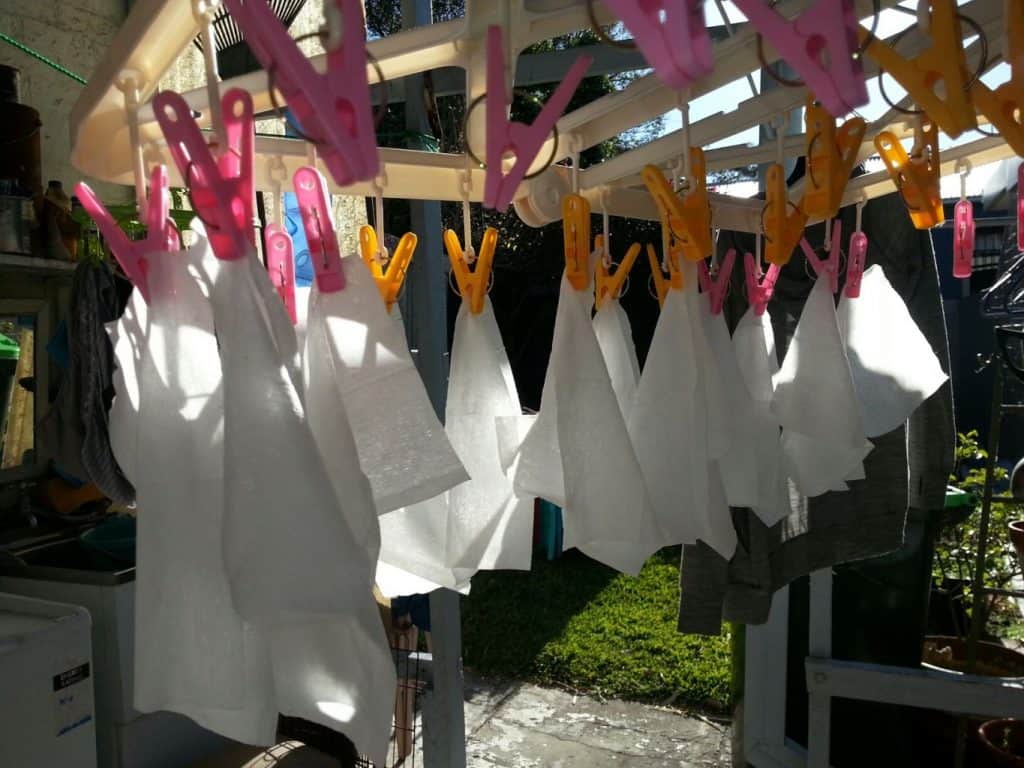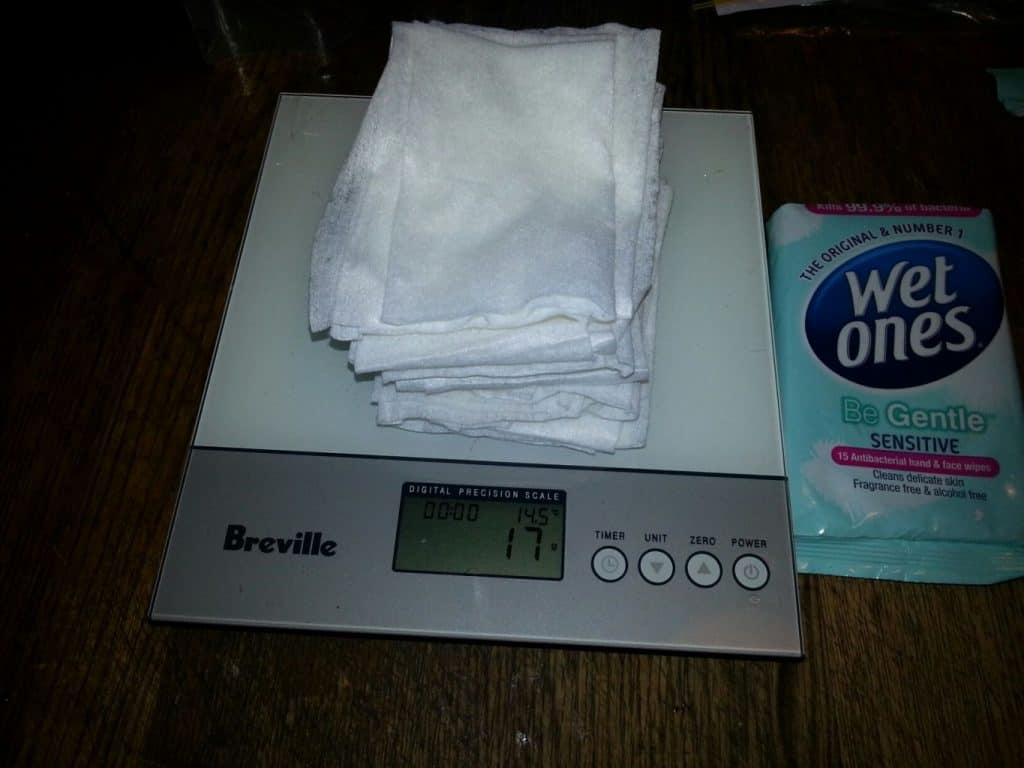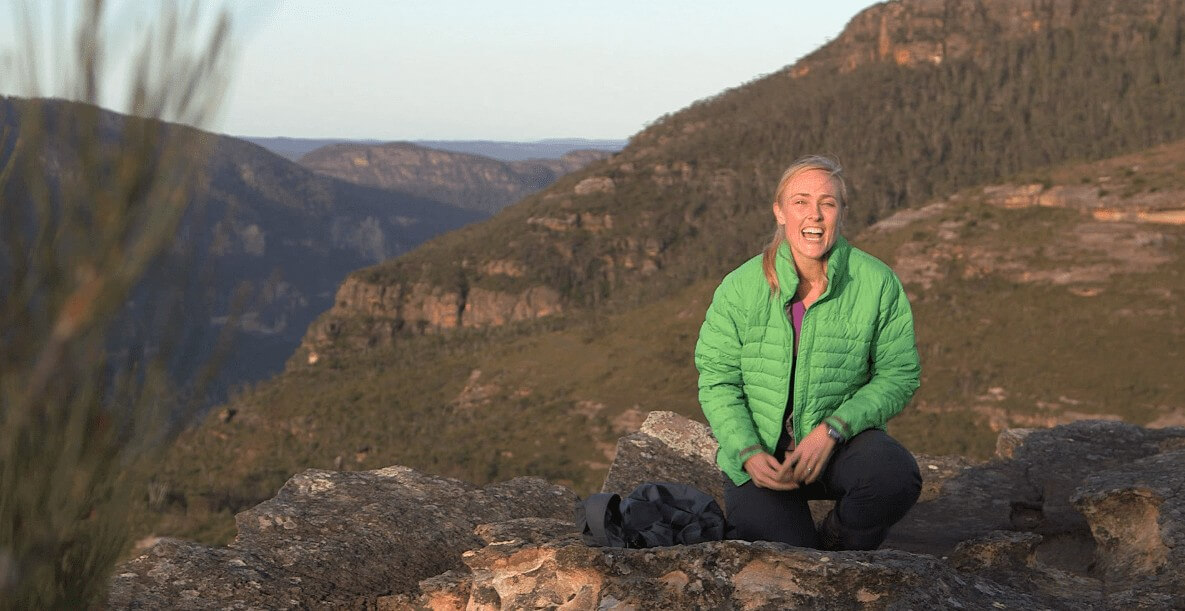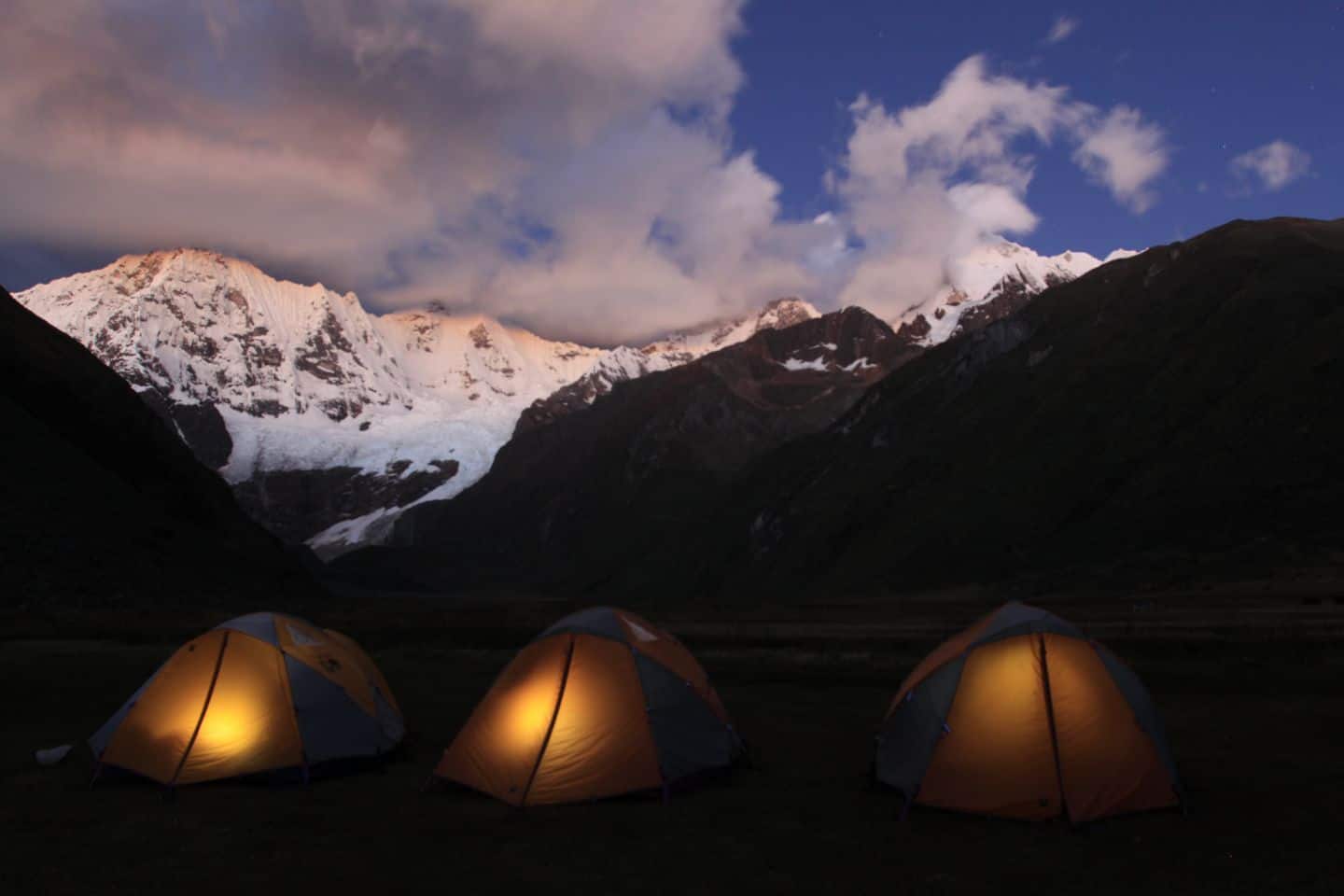It goes without saying that if you want to enjoy your time walking or trekking to wild places, then getting into lightweight hiking gear is going to be one of your top priorities.
If the whole concept of lightweight walking or even ‘ultra’ lightweight walking is all news to you, then this post is going to be a bit of an eye-opener.
Yes, there is a whole sub-culture of hikers who measure their success not only by amazing outdoor experiences, but by the grams of weight in their gear they’ve been able to save through smart choices. There’s lots of good reasons to do so such as less wear and tear on your knees and ankles, more stability on your feet and less drain on your energy = happier campers all round. Can someone give me a whoop whoop?
However there is a sub-sub culture of these amazing hikers who go to the ‘enth’ degree to shave off any excess weight in their kit. There are loads of forums and websites devoted to this kind of, well devotion and I commend them, however I’m not one of them – I waft between a lightweight (10kgs) pack and regular (14kgs) pack weight depending on the trip and season.
As I write this, my good friends are camping out on the top of Brinkleys Bluff which is a key spot on their epic Larapinta Track journey.

So, when you’ve got to carry your life on your back for multi days, whilst walking up to 9hrs over rough terrain with ascents and descents, every gram (ounce for your Americans!) counts. And not only that, when you’re sleeping in wild bush camps with no facilities or the ability to shower, carrying a pack or two of Wet Wipes can be the difference between urgh and ahhh. Importantly, it also helps you keep a keen eye on hygiene which is essential to ensure that you don’t get sick out in the bush.














